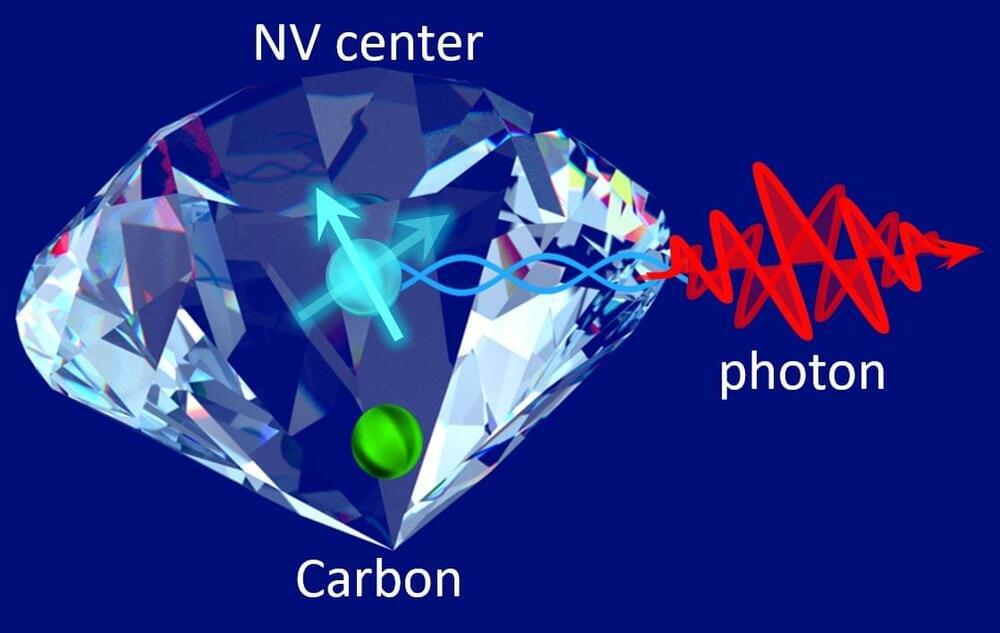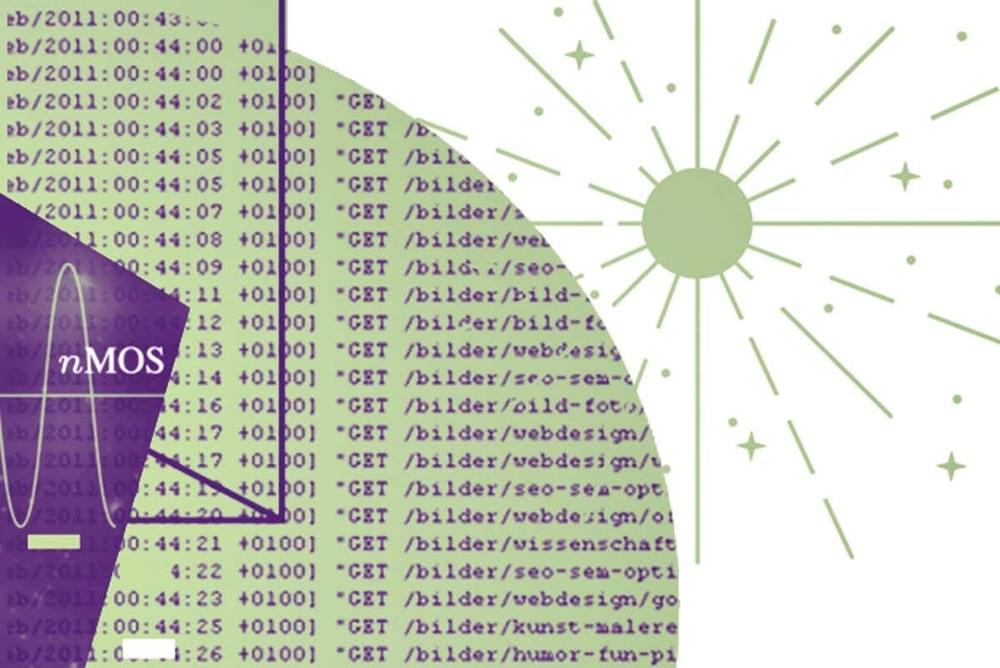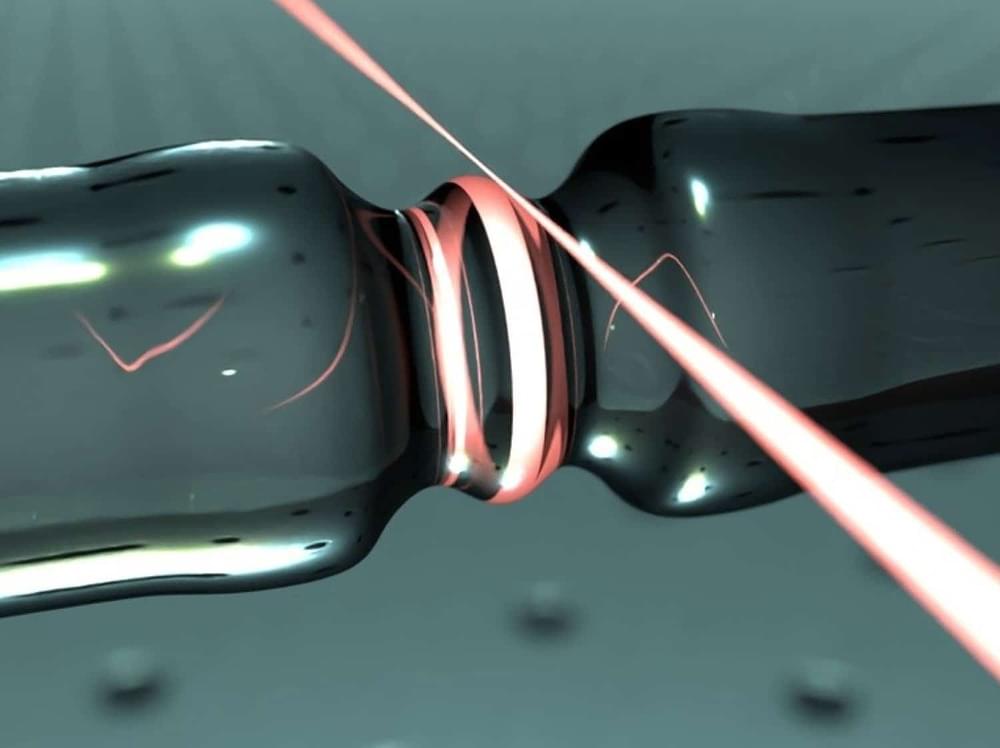The 41-year-old computing method can decode encrypted messages and help detect hidden military vehicles such as stealth aircraft.



Flaws in diamonds — atomic defects where carbon is replaced by nitrogen or another element — may offer a close-to-perfect interface for quantum computing 0, a proposed communications exchange that promises to be faster and more secure than current methods. There’s one major problem, though: these flaws, known as diamond nitrogen-vacancy centers, are controlled via magnetic field, which is incompatible with existing quantum devices. Imagine trying to connect an Altair, an early personal computer developed in 1974, to the internet via WiFi. It’s a difficult, but not impossible task. The two technologies speak different languages, so the first step is to help translate.
Researchers at Yokohama National University have developed an interface approach to control the diamond nitrogen-vacancy centers in a way that allows direct translation to quantum devices. They published their method today (December 15, 2021) in Communications Physics.
“To realize the quantum internet, a quantum interface is required to generate remote quantum entanglement by photons, which are a quantum communication medium,” said corresponding author Hideo Kosaka, professor in the Quantum Information Research Center, Institute of Advanced Sciences and in the Department of Physics, Graduate School of Engineering, both at Yokohama National University. “.

A black hole laser in analogues of gravity amplifies Hawking radiation, which is unlikely to be measured in real black holes, and makes it observable. There have been proposals to realize such black hole lasers in various systems. However, no progress has been made in electric circuits for a long time, despite their many advantages such as high-precision electromagnetic wave detection. Here we propose a black hole laser in Josephson transmission lines incorporating metamaterial elements capable of producing Hawking-pair propagation modes and a Kerr nonlinearity due to the Josephson nonlinear inductance. A single dark soliton obeying the nonlinear Schrödinger equation produces a black hole-white hole horizon pair that acts as a laser cavity through a change in the refractive index due to the Kerr effect.

Circa 2009 real teleportation not just in the quantum realm.
Ground-state entanglement induces emergence of negative-energy-density regions in quantum systems by squeezing zero-point oscillation, keeping total energy of the systems nonnegative. By use of the negativity of quantum energy density, protocols of quantum energy teleportation are proposed that transport energy to distant sites by local operations and classical communication. The energy is teleported without breaking any physical laws including causality and local energy conservation. Because intermediate subsystems of the energy transfer channel are not excited during the protocol execution, the protocol attains energy transportation without heat generation in the channel. We discuss the protocol focusing around qubit chains. In addition, we address a related problem of breaking ground-state entanglement by measurements.



Scientists have made it possible to generate and control quantum states in different physical systems. This control allows scientists to develop powerful new quantum technologies. In addition, it offers a roadmap to test the foundations of quantum physics.
The main challenge is to create quantum states on a larger scale.
In collaboration with the University of Oxford, scientists at Imperial College London, the Niels Bohr Institute, the Max Planck Institute for the Science of Light, and Australian National University have generated and observed non-Gaussian states high-frequency sound waves comprising more than a trillion atoms. Certainly, they transformed a randomly fluctuating sound field in thermal equilibrium to a pattern thrumming with a more specific magnitude.

EK®, the leading computer cooling solutions provider, is proud to unveil its Special Edition high-performance GPU water blocks for the NVIDIA® GeForce® RTX™ 3,070 Ti Founders Edition graphics card. The EK-Quantum Vector FE RTX 3,070 Ti D-RGB comes in two versions – Silver and Black, both featuring the aluminum outer shell and backplate in the same color, as well as the Plexi window and terminal illuminated with addressable D-RGB LEDs.
This water block comes with multiple ports, allowing great versatility. The performance is one of the key elements of the design, which is why this block features a 30% larger fin area compared to other water blocks from the Vector family.

